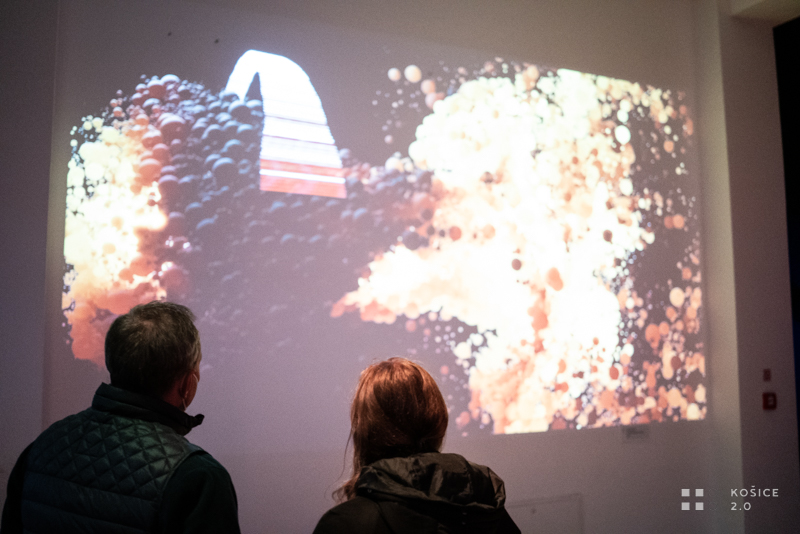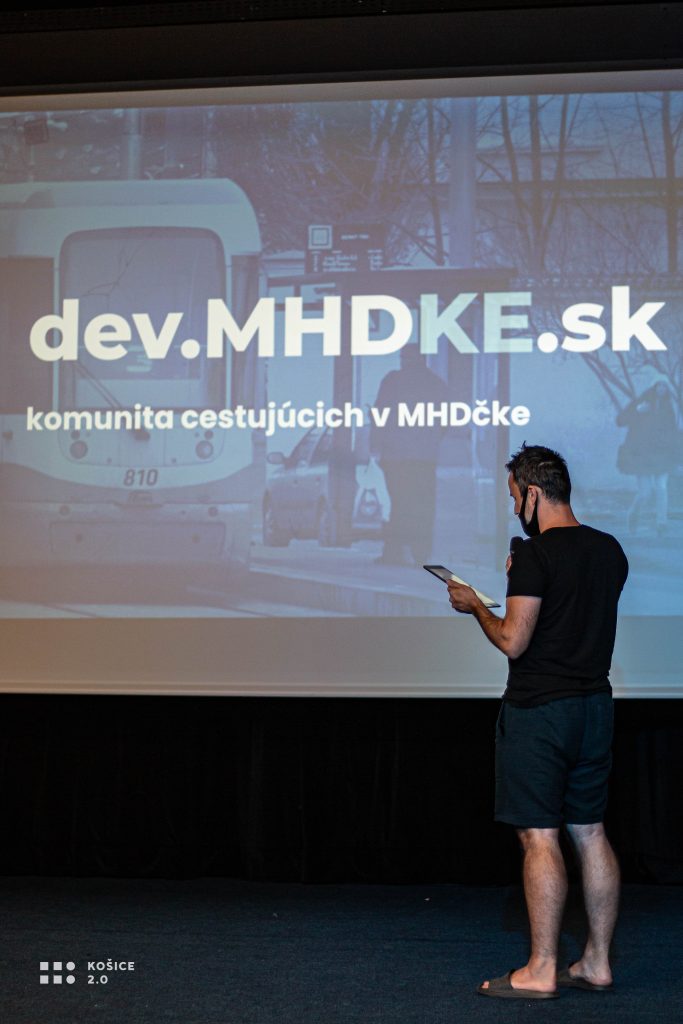Open data helps companies innovate and cities move forward
Modern information and communication technologies are today penetrating the functioning of cities, including traditional urban infrastructure. As a result, self-governments generate a great amount of data, be it from the city’s mass-transit system, air and weather monitoring, socioeconomic and demographic statistics or contract registers, but also data on green areas, brownfields, the number and location of businesses and much more.
Open data has an integral place in the concept of smart cities. A culture of open data is more than just creating, processing, and distributing data. It is, in particular, a matter of the more efficient use of data by people both inside and outside self-government in order to help improve services, establish a dialogue with the population, and encourage innovation.
In the following text we will explain:
1. what the term open data means,
2. what uses it may bring for self-governments, the business sector, but also citizens themselves.
What open data is
In order for us to consider data truly open, it should meet certain criteria. First and foremost, it must be accessible via the Internet, to everyone and without restrictions, including technical barriers. Therefore, data are published only after they have been processed in a unified, standardized form. It is also very important that everyone interested has the opportunity to freely use and disseminate the data.

Where to look for open data
A large group of open data is made up of information whose mandatory disclosure is defined in legal provisions. Self-governments and municipal enterprises have a large amount of data available to them, such as population statistics, lists of operations, schools, and medical facilities, but also the results of local council voting or geographical spatial data on green areas, bicycle transport, and the like. Their topicality, completeness, and standardized form remain a problem, however.
Private companies have long been aware of the value of information, some to such an extent that they decided to contribute to the open data ecosystem by publishing their own datasets. For example, in 2018, Uber decided to share its own data on how and why people move around cities. The goal was to help cities better understand transport problems and plan transport more effectively.
A good example from Slovakia is the use of location data of mobile operators in a commercial project called Market Locator. Along with focusing on providing targeted SMS advertising services, it helps cities identify needs in land use planning, public administration, tourism and transport.
The development of an open data culture requires the engagement of several stakeholders – self-governments, public institutions, and the private sector – because each of the parties involved will be a winner as well, last but not least, the society as a whole.

The importance of open data for a self-government
The role of self-government is not only to publish data and to supervise its topicality or completeness. Self-government itself becomes a user of open data, which can significantly reduce administrative costs. The smooth flow of information across departments in digital form saves time, reduces the number of errors, and increases work efficiency.
“Since I’ve been working in the self-government sphere and in informatics for 19 years, I know how important open data is,” says Gabriela Hajduková, head of the data policy and analysis department at the Košice City Hall. “It truly pleases me that the City of Košice has also joined those self-governments that publish open data. This is just the beginning; we believe that we will progress and bring new and interesting datasets, whether for developers or the general public.”
Open data is also a path to transparency and can be a good tool for building the trust of citizens in self-government. “Through open data, the residents of our city have the opportunity to gain, along with new information, a different view of our daily work and events in the Košice self-government,” explains Hajduková. Furthermore, the current pandemic era points out the importance of data in making objective decisions.
The transition to open data is not an easy process; it represents a great amount of laborious work linked with classifying and adding data and converting it to the right format, but this is an investment that will pay off in terms of better services and citizen satisfaction.
The importance of open data for the private sector
Sharing data within and between sectors can lead to the emergence of new products and services. A McKinsey survey tells of up to three trillion dollars a year that can be unlocked in seven areas of the global economy: private finance, consumer products, education, electricity, healthcare, oil, gas, and transportation.
“Several diploma theses could be written about the importance of open data in order for us to describe at least part of their benefits. For the business environment, open data is a driving force behind innovations; it creates new business opportunities and contributes to growth in employment since it often helps create new jobs,” says Miriama Hučková, Executive Director of IT Valley Košice. “Companies work with data as with a raw material that can be used to develop applications that produce higher added value. In this way, open data, based on previous analyses that reflect various objective facts, contributes to increasing the quality and efficiency of the services provided.” Open data thus enables companies to better understand the needs of the market and their customers.
Innovative applications, products, or improved services can also be created at hackathons, design sprints, or accelerator programmes. For example, read about the hackathon won by the team nolimit | DEVELOPERS. A pair of programmers prepared a tool for community chatting and in doing so they used open data from the mass transit company.
The importance of open data for citizens
Imagine that you could find a map of all the bike paths in the city in one place, and at the same time you could identify locations you would prefer to avoid when playing sports based on the levels of smog. In a clear application, you would compare the amount of greenery or civic amenities in urban areas, the distance for commuting to work, statistics on traffic delays, and based on all this decide where you will settle accordingly. These are just a few of the many examples of how open data can be useful to citizens.
Free access to information for citizens is one of the basic principles of democracy. By publishing open data, the functioning of self-governments becomes more transparent; in other words, citizens know what officials are doing on their behalf. But transparency is not just about data accessibility. It is also about sharing and reusing data in the form of analyses and visualizations that allow citizens to better understand complex socioeconomic issues.
Open data offers cities (and not just smart cities) the opportunity to get citizens involved and encourages them to be creative and innovative. In American cities, the concept of “National Day of Civic Hacking ” has been adopted. Cities organize competitions for the development of applications designed for residents. One condition is the use of datasets of the city where the competition is taking place. Thus, in 2008, 47 successful designs were established in the capital city of Washington, D.C., which helped the city itself attract more than 2.3 million dollars from private companies. The initiative continues to this day under the brand name Code for America.
Data in the arts
In today’s digital age, data has also found its way into art in the form of a material that artists can work with and give a new look too, both digital and physical. The Open Data Institute in London runs a separate artistic programme called Data as Culture, which works with a diverse range of artists each year.
Open data and the Košice 2.0 project
“In eastern Slovakia, we are facing the problem of the departure of young people from our region. I think that a culture of open data could have an impact on young people wanting to stay in Košice,” emphasizes Hučková. “Work with open data can attract people with interest and experience in research and development. What’s more, access to information is important not only for domestic but also foreign investors,” she adds.
This is why one of the outputs of the Košice 2.0 project is the creation of a functional prototype of an open data portal for the City of Košice, which will be fully in its hands after the end of the project. The first data sets will be available as early as 2022, and the first applications and analyses will be created. We are also awaiting trials and tests in this period, improving functions, adding data sets, and, in particular, creating opportunities for cooperation between self-government, business, and the public. Follow us!



